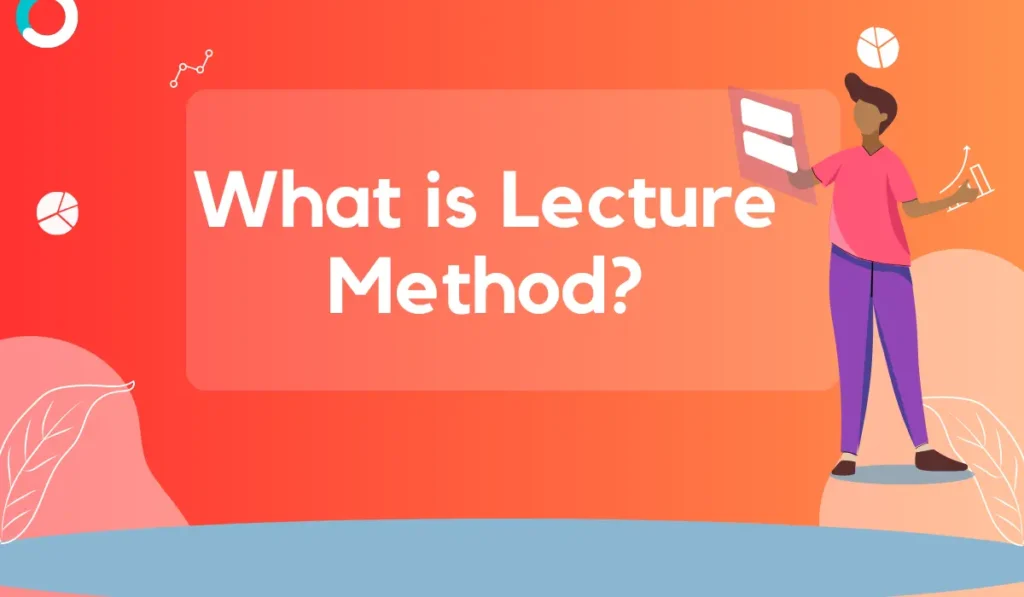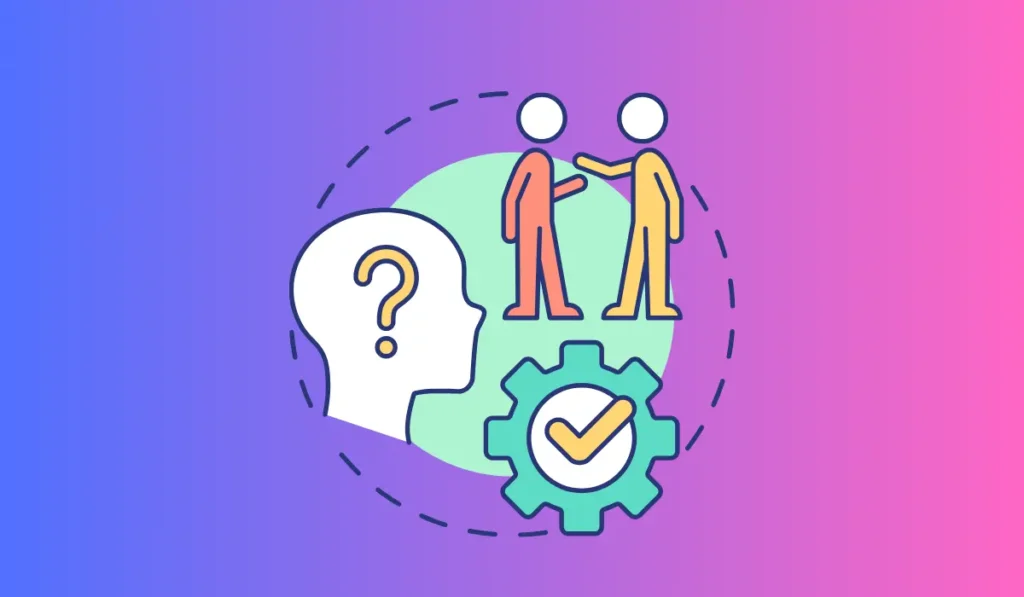The lecture method is a teaching technique where the instructor delivers a presentation to a large group of students. The lecture aims to provide information in a structured and concise manner, allowing the students to take notes and absorb the information presented.
While this method is criticized for being passive and not promoting interaction between students and instructors, it remains a popular teaching technique used in higher education institutions.
Additionally, lectures can be followed by discussions, debates, or quizzes to enhance student understanding and retention of the material presented.
The Lecture Method

Lecturing is a conventional teaching approach in which a teacher stands in front of a class, delivering a speech on a particular topic. The method usually involves a one-way form of communication where the instructor does most of the talking while the students listen and take notes.
Despite the growing popularity of more interactive teaching methods, the lecture method still remains a widely used teaching tool.
Here are some defining characteristics of the lecture method:
- The lecturer is the primary source of information.
- The lecture is usually presented in a structured format, often including an introduction, body, and conclusion.
- The students are passive listeners and take notes.
- The lecture may be accompanied by visuals like slides, graphs, or videos.
How The Lecture Method Has Evolved Over Time
The lecture method has undergone some significant changes throughout history. Here are some of the notable ways in which the lecture method has evolved over time:
- In the past, lecturers used to give lengthy monologues that could span hours. Nowadays, lectures are typically shorter and more focused.
- The use of multimedia has become more prevalent in recent years, giving lectures a more interactive and engaging character.
- There has been a growing trend towards incorporating active learning techniques into lectures, allowing students to actively participate in the learning process.
Why Do So Many Instructors Still Rely On The Lecture Method?
Despite criticism from those who favor more interactive and student-centered methods, the lecture method continues to be popular among instructors. Below are some reasons why lecturing persists as a teaching approach:
- It allows instructors to cover a vast amount of content in a relatively short period, making it useful for presenting foundational knowledge or introducing complex topics.
- For some instructors, lecturing is a tried-and-true method they are comfortable with and have confidence in.
- For some students, taking notes and listening to a lecture are the only ways they feel they can absorb a lot of information.
The lecture method still plays a vital role in today’s education system and will likely remain a useful tool for many instructors.
Preparing A Lecture That Engages

A lecture that doesn’t capture the audience’s attention can be boring and ineffective. We will look at three important aspects of preparing a lecture that engages: selecting the topic, setting goals and objectives, and identifying your audience.
Selecting The Topic
Choosing the right topic is critical to a lecture’s success. Here are some key points to consider when selecting the topic:
- Choose a topic that you are passionate about and have expertise in. This will allow you to deliver the lecture with confidence.
- Consider your audience’s interests and needs. A topic that resonates with them will keep them engaged.
- Avoid topics that are too broad or too narrow. A topic that is too broad will be hard to cover in a single lecture while a topic that is too narrow may not be of interest to your audience.
Setting Goals And Objectives
Setting clear goals and objectives for your lecture will help you stay focused and ensure that you cover all the necessary material. Here are some tips for setting goals and objectives:
- Determine what you want your audience to learn from your lecture
- Create specific and measurable objectives that align with your goals
- Use action-oriented language in your objectives to clearly define what you want your audience to do or understand
Identifying Your Audience
Knowing your audience is crucial to preparing a lecture that engages them. Here are some tips for identifying your audience:
- Consider the demographics of your audience, such as their age range, education level, and interests
- Determine what motivates your audience, such as their professional goals or personal interests
- Analyze your audience’s expectations and needs, such as what they hope to gain from your lecture
Preparing a lecture that engages your audience requires careful consideration of the topic, goals and objectives, and audience.
Frequently Asked Questions
What Is The Lecture Method?
The lecture method is a traditional form of teaching where the instructor delivers a lesson to a large group of students through verbal communication.
What Are The Benefits Of Using The Lecture Method?
The lecture method can be an effective way to deliver information quickly and efficiently to a large group of students. Lectures can also be customized for different learning styles and easily adapted for distance learning.
What Are The Drawbacks Of The Lecture Method?
The lecture method can be passive and limit student engagement. It can also become monotonous and overwhelming, resulting in poor retention of information.
Is The Lecture Method Still Relevant In Modern Education?
While there are alternative teaching methods, the lecture method remains a valuable tool for educators. It can be utilized in conjunction with other methods to deliver the most effective learning experience for students.
Conclusion
The lecture method has been a staple in education for centuries. Despite its efficacy, criticisms of the method persist and have given rise to alternative teaching strategies. While lectures can be engaging and effective when delivered well and paired with supporting materials, educators should aim to incorporate interactive elements and cater to diverse learning styles. The introduction of technology has revolutionized the traditional lecture model, allowing more dynamic and engaging instruction. It is therefore important for educators to embrace the evolving landscape of education and find new and innovative ways of delivering course content to optimize student learning.


